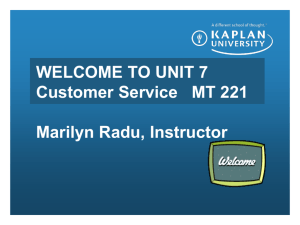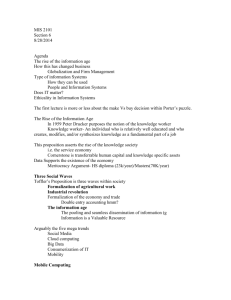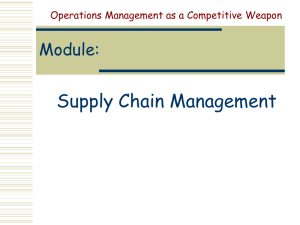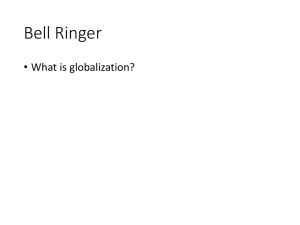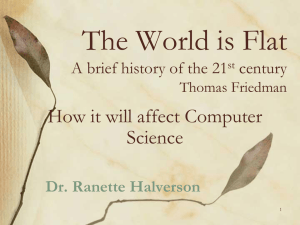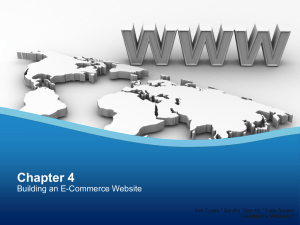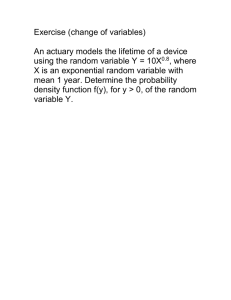Luxury Goods
advertisement
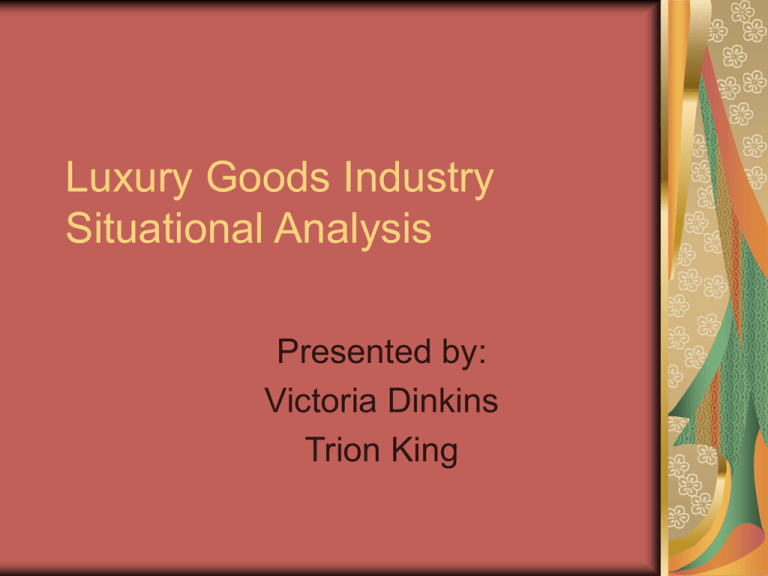
Luxury Goods Industry Situational Analysis Presented by: Victoria Dinkins Trion King Luxury Goods Industry Definition of Luxury Goods Industry Excellence, Superior Service Elite Population Fragmented Industry 22% of worldwide industry sales Major Competitors: Louis Vuitton Moet Hennessy Gucci Richemont Bulgari Hermes Obsession with excellence in every luxury-goods company E-Commerce/Net-Enhanced Organization Internet/World Wide Web Makes it easy to market products overseas Speeds up globalization Aims to transform customers into “connoisseurs” Allows for accessible information establishes ties between consumers and a brand, and enhances persuasion Internet = Communication = More Informed Buyer Threats & Opportunities e-Commerce/NEO Needs considerable local adaptation retailing is still very localized Informality, community spirit, openness – similar to flea market position between mass advertising and personalization is a real challenge Lacks necessary quality of attention to detail Impersonal communication Allows companies to build long run relationships with customers converging possibility between internet user profiles and the luxury consumer Economic Globalization & Outsourcing Unconventional approaches to managing a multinational business Manage business in various countries as a single system International acquisitions LVHM – U.S. fragrances and cosmetics Less dependent on outsourcing or licensing move production capacity to China Emerging markets equal to 7% to 9% Asian markets constitute 7% of global sales Sales in Japan equals 38% of the industry Threats & Opportunities Economic Globalization/Outsourcing Outsourcing labor has perception of cheaper products Rising costs deteriorated margins value-added taxes driving Chinese prices up 30% high acquisition costs Maintaining image and reputation Threat of substitutes QUESTIONS ?

